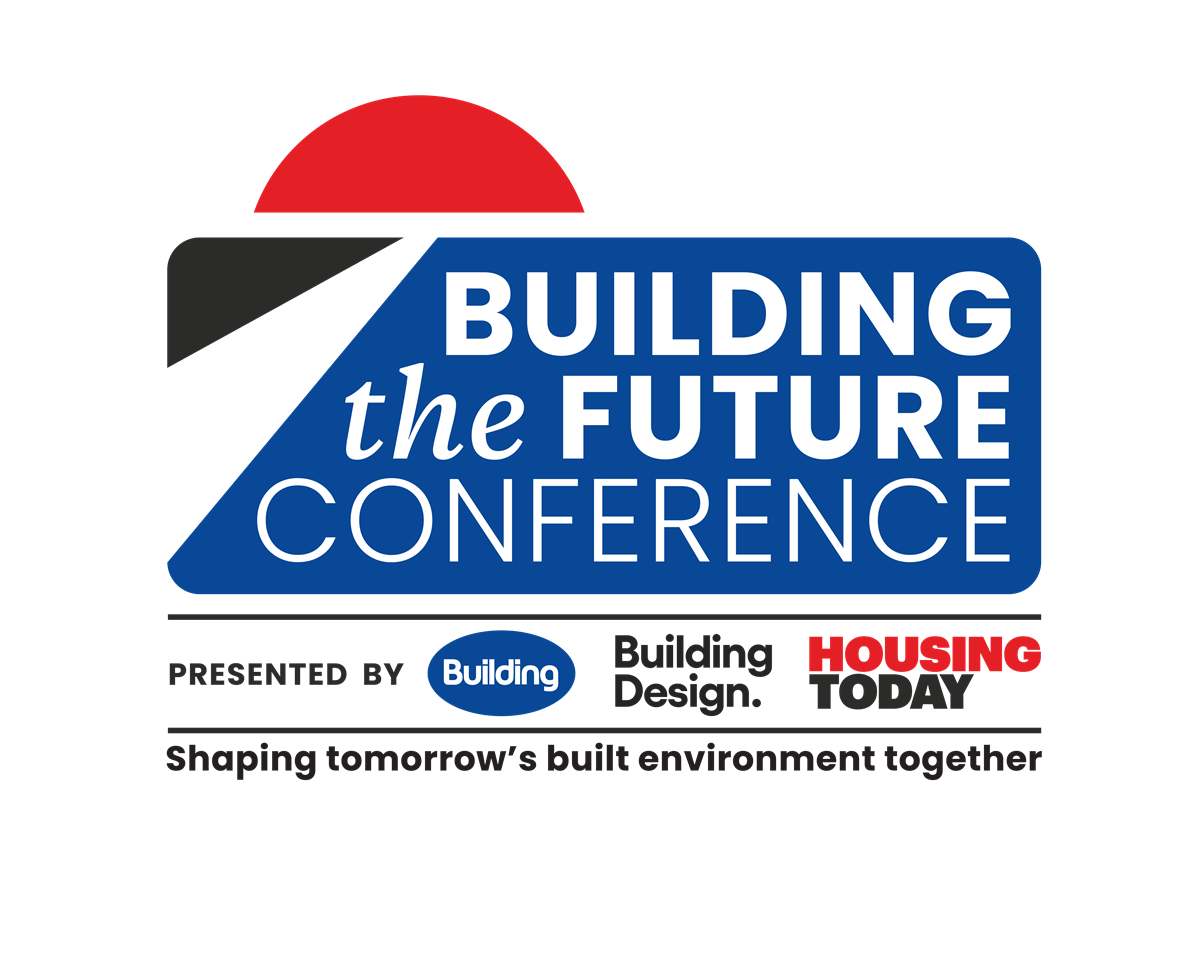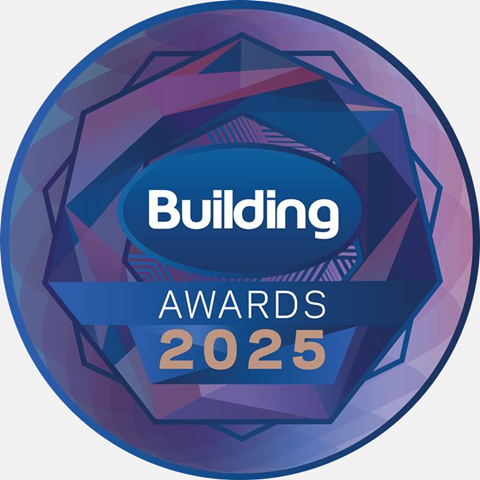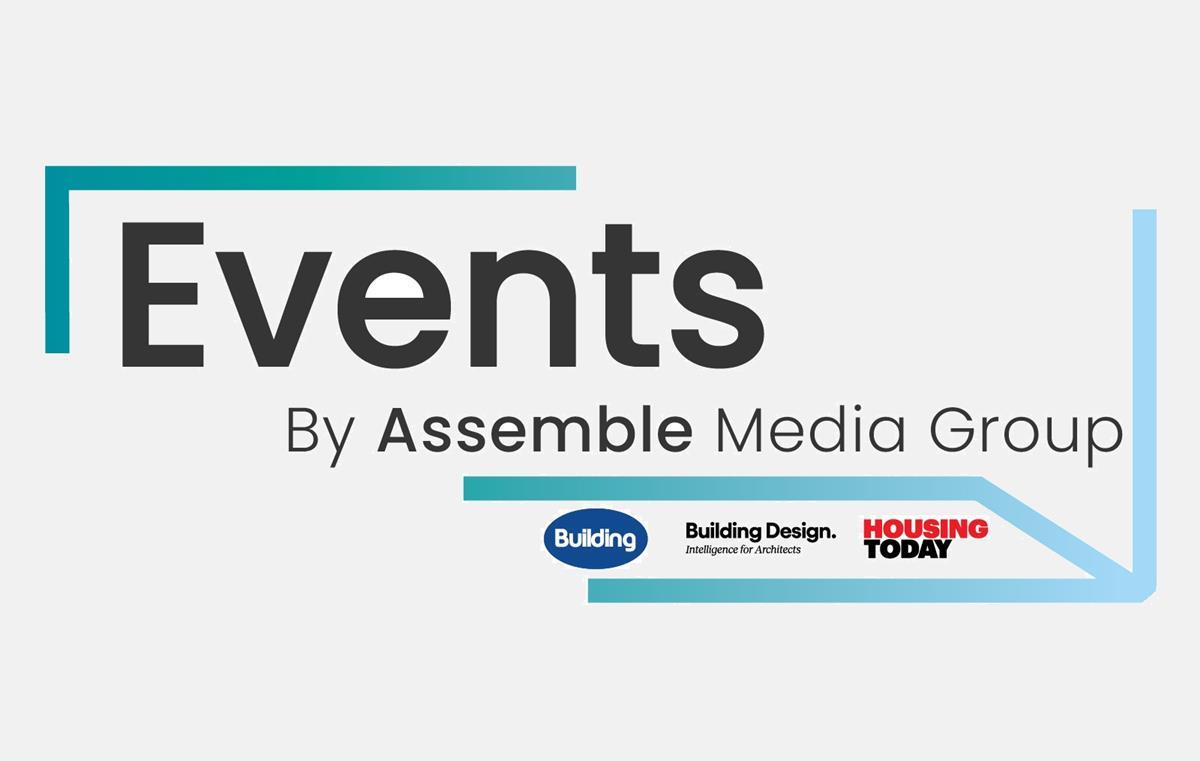- News

All the latest updates on building safety reformRegulations latest
- Focus
- Home
- News
- Focus
- Comment
- Events
- CPD
- Building the Future
- Jobs
- Data
- Subscribe
- Building Boardroom
Out of the classroom and into construction: I’m looking for a career in the built environment – and it isn’t easy
By Oscar Sitwell 2025-09-15T06:00:00

Even with excellent A level results, many school leavers are still struggling to navigate the best route towards a career in construction, writes Oscar Sitwell - and two industry veterans, Mark Farmer and Colin Wood, offer some advice
A few weeks ago, I posted a simple question on LinkedIn: “What more can an 18-year-old with straight As at A level do to earn a place on a degree apprenticeship in the built environment?” I did not expect what happened next.
Over 30,000 views; dozens of comments; hundreds of direct messages. Some were from CEOs, senior partners and recruiters offering advice and encouragement, which still blows my mind. But what surprised me most were the quiet ones – students like me and even parents – messaging privately because they were too shy to comment publicly.
It made me realise how many of us want to understand this industry and how to get in to it, but don’t know where to start.
Already registered? Login here
To continue enjoying Building.co.uk, sign up for free guest access
Existing subscriber? LOGIN
Stay at the forefront of thought leadership with news and analysis from award-winning journalists. Enjoy company features, CEO interviews, architectural reviews, technical project know-how and the latest innovations.
- Limited access to building.co.uk
- Breaking industry news as it happens
- Breaking, daily and weekly e-newsletters
Get your free guest access SIGN UP TODAY

Subscribe now for unlimited access
Subscribe to Building today and you will benefit from:
- Unlimited access to all stories including expert analysis and comment from industry leaders
- Our league tables, cost models and economics data
- Our online archive of over 10,000 articles
- Building magazine digital editions
- Building magazine print editions
- Printed/digital supplements
Subscribe now for unlimited access.
View our subscription options and join our community


















